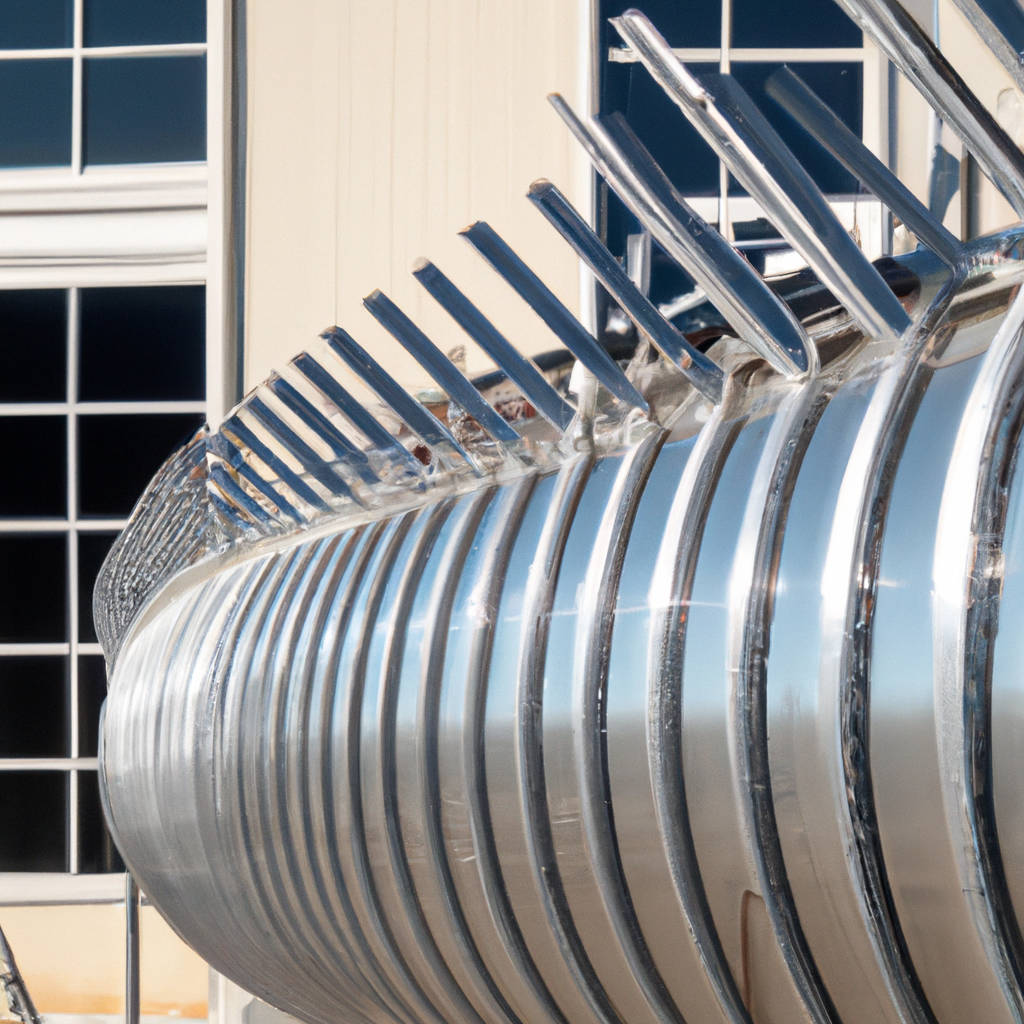Our team is ecstatic to provide an exclusive preview of our forthcoming Chicago office plans. We are thrilled to be expanding our operations into the Windy City and are looking forward to bringing our unique blend of innovation and creativity to the heart of the Midwest. Our new office space, located in the city’s thriving business district, is poised to become a hub of dynamic collaboration and ground-breaking ideas.
The design of the new office reflects our commitment to creating a workspace that fosters creativity, encourages collaboration, and enhances productivity. The open-plan layout, coupled with modern, ergonomic furniture and state-of-the-art technology, is sure to inspire our team members and enable them to deliver their best work. Furthermore, the office features an array of amenities, including a spacious conference room, a fully equipped kitchen, and a relaxation area, all designed to create a comfortable and conducive work environment.
The panoramic views of the Chicago skyline from the office are an added bonus that we believe our employees will truly appreciate. We can’t wait to open the doors of our new Chicago office and embark on this exciting new chapter of our company’s growth. Stay tuned for more updates as we get closer to the launch date!

Respectful Design Transition
A respectful design transition represents a thoughtful and considerate approach to evolving a design process or product. It acknowledges the importance of honoring the existing design while smoothly transitioning to an improved version. This approach emphasizes the necessity of understanding user needs, cultural contexts, and environmental implications before initiating a design shift. Key to a respectful design transition is the incorporation of diverse perspectives, ensuring the new design is inclusive and accessible to all. It is a process that values empathy, understanding, and sensitivity; it is not just about creating something new, but also about recognizing the worth and relevance of what already exists.
A respectful design transition is also about sustainability. It is about making changes that have a positive impact on both the environment and society, ensuring that the new design can be sustained over time without causing harm. This includes considering factors like the materials used in the design, the energy consumed in its production, and the waste generated during its lifecycle.
A successful respectful design transition also involves open and transparent communication. Stakeholders should be kept informed about the reasons behind the design change, the expected benefits, and the potential challenges. This fosters trust and facilitates acceptance of the new design. Furthermore, it encourages feedback, which can be invaluable in refining the design and ensuring it meets the needs and expectations of its users.
In conclusion, a respectful design transition is a holistic process that considers the past, present, and future. It respects the legacy of the existing design, acknowledges the needs of the present, and embraces the potential of the future. It is a process that respects diversity, promotes sustainability, and values open communication. By adopting this approach, designers can create products and services that are not only aesthetically pleasing and functional but also responsible and respectful.
Sustainable Building Upgrades
Sustainable building upgrades represent a significant stride towards the goal of environmental conservation and reduced carbon emissions. These upgrades employ eco-friendly practices and materials, leading to buildings that not only use less energy but also contribute less to environmental pollution. The most common sustainable upgrades include the installation of energy-efficient systems such as solar panels, LED lighting, high-efficiency HVAC systems, and smart thermostats. These systems work to decrease the amount of energy used, thereby reducing the building’s carbon footprint.
In addition to energy-efficient systems, sustainable building upgrades also encompass the use of sustainable materials. These materials can vary widely, from recycled steel to sustainably harvested wood, to low VOC paints, and even green roofs that absorb rainwater and reduce heat loss. The use of these materials not only reduces the environmental impact of the building but also often results in a healthier indoor environment, free from harmful chemicals often found in traditional building materials.
Water conservation is another area addressed through sustainable building upgrades. The installation of low-flow fixtures and the use of rainwater harvesting systems are common ways to reduce water usage. Additionally, the incorporation of landscaping that requires less water or even xeriscaping – landscaping with drought-tolerant plants – can significantly reduce a building’s water footprint.
Sustainable building upgrades are not only beneficial for the environment but also for the occupants and owners of the building. These upgrades often result in lower utility bills due to reduced energy and water usage. Furthermore, they can lead to healthier indoor environments, improved comfort, and potentially higher property values. While the initial cost of these upgrades can be higher, the long-term savings and environmental benefits can make the investment worthwhile.
In conclusion, sustainable building upgrades are an essential component of the move towards more sustainable lifestyles and societies. They offer a practical way to reduce the environmental impact of buildings, lower operating costs, and improve living conditions. As the effects of climate change become more evident, it is expected that the importance of sustainable building upgrades will only increase.

Modernizing Workspace Aesthetics
Modernizing workspace aesthetics has become a significant focus in many organizations today as it directly influences employee productivity, satisfaction, and overall business success. This involves not only embracing current design trends but also incorporating elements that promote a positive and conducive working environment. Advanced ergonomic furniture, for example, is being widely adopted to ensure comfort and reduce work-related health issues like back pain and eye strain. Additionally, businesses are utilizing technology in the workspace, integrating advanced systems and tools that streamline workflow and enhance collaboration.
The use of natural lighting and indoor plants is also gaining popularity as they contribute to a serene and stimulating atmosphere, offering psychological benefits to employees. Moreover, the modern workspace is shifting towards open plan layouts that foster communication, teamwork, and transparency. Design elements such as bold colors, art installations, and innovative spaces like breakout or lounge areas are incorporated to create an inspiring ambiance that encourages creativity and innovation. Flexibility is also a key feature in modern workspace aesthetics, with mobile and adjustable workstations that cater to the varying needs of employees.
As a result, today’s workspace is no longer just a place to work, but it has transformed into an environment that considers employees’ well-being, enhances their performance, and reflects the organization’s brand and culture. All in all, modernizing workspace aesthetics is a strategic approach that not only makes the workspace visually appealing but also creates a holistic and human-centric work environment that is instrumental in achieving business objectives.
Embracing Environmental Responsibility
Embracing environmental responsibility is a crucial step towards preserving and protecting our planet for future generations. It involves making conscious decisions to reduce our carbon footprint, conserve resources, and promote sustainability. This might include choosing renewable energy sources, minimizing waste production, recycling, and supporting companies that prioritize eco-friendly practices. It also means educating ourselves about the current environmental crisis and spreading awareness about the importance of sustainable living.
Moreover, environmental responsibility should not just be the concern of individuals but also of corporations, industries, and governments. They should establish policies and strategies to lessen their environmental impact and encourage sustainable practices. They can do this by investing in renewable energy, implementing zero-waste policies, and creating products and services that are environmentally friendly.
In addition, embracing environmental responsibility involves acknowledging the interconnectedness of all living things. Our actions, no matter how small, have an impact on the environment and the species that inhabit it. It’s about understanding that the choices we make today will have a long-term effect on the health of our planet.
On a personal level, embracing environmental responsibility can lead to a more mindful and meaningful life. It allows us to recognize our dependence on the environment and to appreciate the beauty and bounty of nature. It encourages us to live in harmony with nature, rather than exploiting it.
Finally, embracing environmental responsibility is about empowering ourselves and others to make a difference. It’s about standing up for the environment and inspiring others to do the same. It’s about being proactive and taking action, rather than waiting for others to solve the problem. By embracing environmental responsibility, we can all contribute to the preservation and protection of our planet.

Integrating Community Feedback
Integrating community feedback plays a pivotal role in shaping policies, services, and initiatives that effectively meet the needs and expectations of the community. Harnessing this collective voice not only fosters a sense of shared ownership and responsibility but also enhances the credibility and relevance of the decisions made. The process of integrating community feedback requires a systematic approach, starting with the collection of opinions and ideas through various channels such as surveys, open forums, social media, and face-to-face interactions.
While soliciting feedback, it’s crucial to ensure inclusivity, giving every community member an equal opportunity to share their perspective, irrespective of their social, economic, or cultural status. Once the feedback is collected, it should be thoroughly analyzed and interpreted, highlighting common themes, concerns, and suggestions. This valuable information serves as a guide in the decision-making process, helping to align actions with community needs and aspirations.
Furthermore, it’s vital to communicate how the feedback has influenced decisions, which not only validates the community’s input but also builds trust and encourages future participation. However, while integrating community feedback, it’s important to balance diverse viewpoints and address potential conflicts constructively. The ultimate objective is to foster a more engaged, harmonious, and vibrant community where everyone feels heard, valued, and invested in the collective progress.
Fostering Employee Well-being
Fostering employee well-being has become a central concern for progressive organizations globally, as it directly influences productivity, morale, and overall success. It is about creating an environment where individuals feel valued, cared for, and able to perform at their optimal level. This environment is not only shaped by physical factors such as a safe and comfortable workspace but also by psychological aspects such as respect, trust, and compassion among team members.
Promoting a healthy work-life balance is another essential component of employee well-being. It is crucial to respect personal boundaries and not overload employees with excessive tasks, which could lead to burnout. Flexible work schedules, opportunities for remote work, and sufficient vacation time are some of the strategies that can help achieve this balance.
Moreover, providing opportunities for growth and development is a significant factor in nurturing employee well-being. By offering training programs, seminars, and workshops, employees can continuously learn, enhance their skills, and feel a sense of progression in their career. This sense of professional growth can significantly boost their satisfaction and overall well-being.
In addition, recognizing and rewarding employees’ efforts is a powerful way to foster their well-being. Commendations, incentives, and rewards not only make employees feel appreciated, but they also motivate them to strive for excellence. It is also beneficial to have open communication channels where employees can express their ideas, concerns, and suggestions freely.
Finally, health and wellness programs can play a crucial role in improving employee well-being. Regular health check-ups, fitness activities, stress management sessions, and healthy food options at the workplace can help employees maintain their physical health, which is closely linked to their mental well-being.
In conclusion, fostering employee well-being is about creating an environment where employees feel valued, cared for, and able to perform at their best. It involves a holistic approach that considers physical, psychological, and professional aspects. By doing so, organizations can not only improve their productivity and success but also contribute to the overall happiness and well-being of their employees.
